Last year, I decided my blog needed a camera upgrade. I’ve been using my smartphone to take pictures for the blog for a long time, and my most recent phone upgrade was actually a huge downgrade as far as the camera was concerned. I wanted a camera with big glass and a big sensor, so a DSLR was the obvious choice.
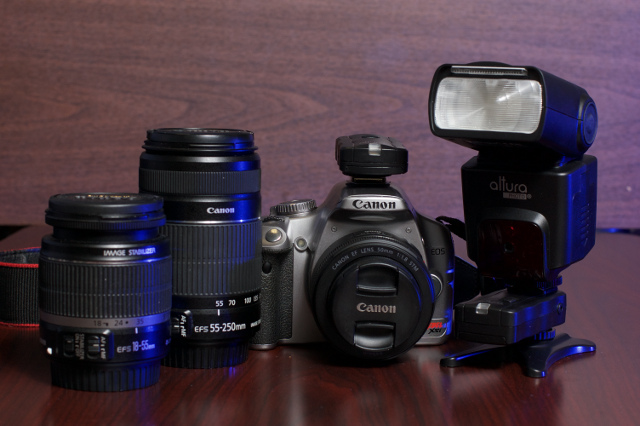
Photo by Andy Michaels
I didn’t know how committed to photography I was going to be, so I decided it would be prudent to purchase an older model DSLR. I am quite pleased with this plan. I was able to buy a used 2008 model Canon XSi DSLR and a camera bag chock-full of goodies for less than the cost of either a Canon EOS Rebel t5i DSLR or the Canon EOS Rebel t6i DSLR.
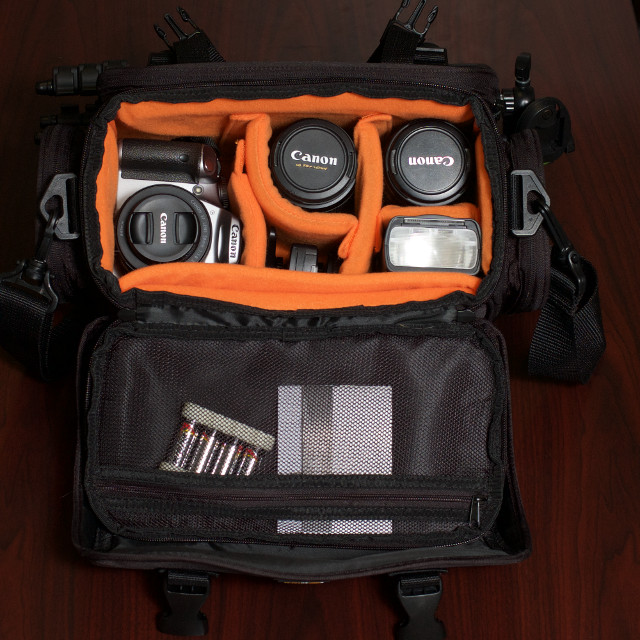
Photo by Andy Michaels
The Canon t5i and Canon t6i have a lot of features that are missing on my older Canon XSi, but I’d be rather surprised if I could manage to take better photographs with either of the newest models. I just don’t have the skills, abilities, or knowledge.
What did I buy?
Here’s what I currently have in my camera bag:
- Canon XSi with 18-55mm lens (used) $205
- Canon EF 50mm f/1.8 STM lens (used) $100
- Canon EF-S 55-250mm Telephoto lens (used) $90
- IR Remote Control $6
- Altura Flash Kit + Wireless Trigger $80
- AmazonBasics 60” Tripod $24
- AmazonBasics Large DSLR Bag $22
Total cost: $527
NOTE: I already had an unbranded 60” tripod. It isn’t the AmazonBasics tripod, but it is very similar.
As I’m writing this blog, the Canon Rebel t5i costs about $650 at Amazon. That puts me over $100 below the price of a brand-new Canon Rebel t5i. I’m sure the price of the Canon t5i will drop. I’ve seen it on sale as low as $450.
UPDATE: I don’t own the Sigma 18-250mm EF Lens, but I wish I knew about it before I bought my gear. It covers the entire range of the Canon kit lens, and it doesn’t look all that much bigger, either. Even so, it is still able to cover the range of my telephoto lens. I understand this is far from a perfect lens, but at about $350, it looks like a good compromise.
I probably should have bought a DSLR body and the Sigma lens. My camera bag would be lighter, and it would make my lens choice easier when I’m leaving the bag at home!
Why the Canon Rebel XSi?
The Canon XSi (a.k.a. 450D) is the first “Upper-Entry” level Canon DSLR to use an SD card—the earlier models use Compact Flash. I have tons of SD and MicroSD cards around the house, and the XSi didn’t cost much more than the older models. That made the XSi a good starting point.
The next model released after the XSi is the Canon t1i. When I was shopping a few months ago, the used Canon t1i DSLRs cost quite a bit more than than the Rebel XSi. However, as I’m writing this, there are several used Canon t1i cameras on Amazon that are only $10 or $20 more than the XSi models. My Canon XSi can’t record video, while the t1i can. I’d definitely be willing to pay a few extra dollars for a Canon t1i.
Shallow depth of field is awesome
I knew I made the right choice just minutes after unpacking my “new” camera. I popped the battery in, turned on the camera, and took off the lens cap. As I was doing this, one of our cats was on my desk watching me. So I did what any good cat owner would do—I snapped his picture a few times.
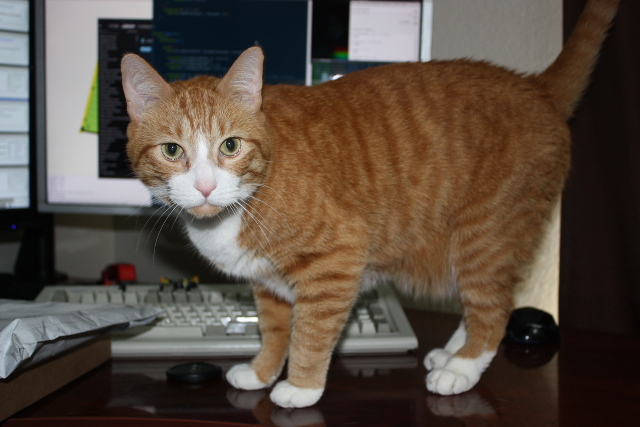
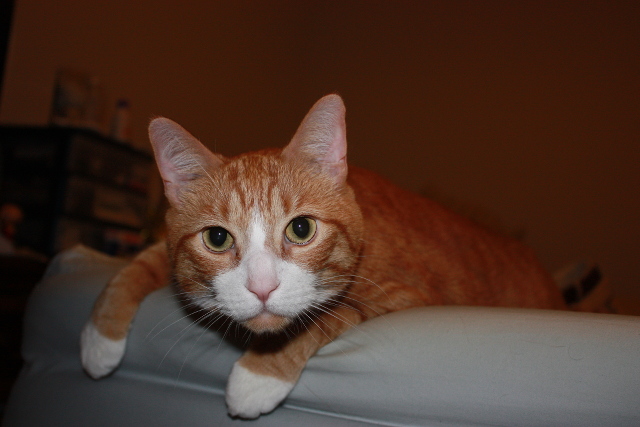
I opened the photo on the computer, and I was simply amazed by what I’d already done. His face was in focus, his body was starting to get blurry, and my monitors were completely out of focus. Aside from all the clutter in the shot, that was one of the most professional photos I had ever taken, and all I did was point and shoot!
Forget about megapixels…
Any camera can take decent photos in sunlight. I wanted to be able to take great pictures in my dimly lit home office. That means I needed a big sensor and big pieces of glass—the tiny lens on a camera phone just doesn’t compare at all. You’ll be able to take much better photos with a 6-megapixel, 1” wide APS-C sensor than a 30-megapixel camera phone.
…It’s all about the lens
The 18-55mm zoom lens that came with my camera is versatile. I’m able to use it right here at my desk to photograph the projects I’m working on, and it was quite usable when taking pictures of trebuchets at SlingFest. It may be good enough for either use, but it isn’t ideal.
I recently read a blog post titled “A Quick Guide to Understanding Your Canon Digital Rebel XTi.” One of the things the author wrote about at length was Canon’s 50mm “Prime” lens. The lens sounded interesting, and it is inexpensive. I asked my friend Andy what he thought about it, and he didn’t have to say very much at all to convince me that this was exactly the lens I needed.
The stock 18-55mm lens has an F-stop of f/3.5-5.6. The Canon 50mm fixed lens goes all the way to f/1.8. That means the camera can open the aperture much wider. This allows more light to get in, and it lets you capture an even shallower depth of field.
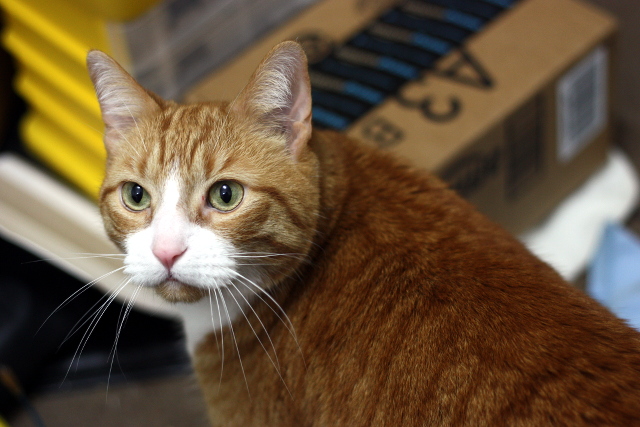
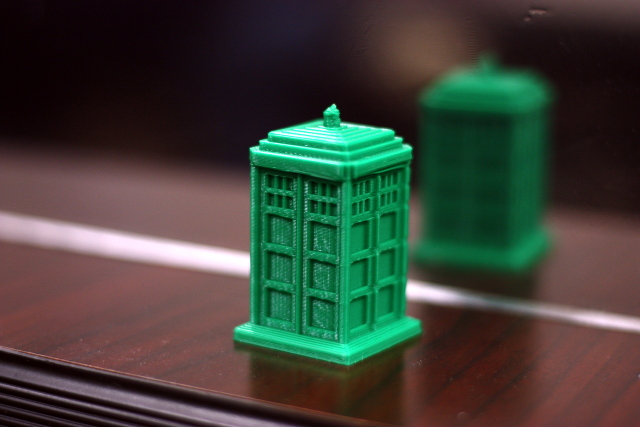
This EF lens is meant to be used with a full-frame DSLR, so the effective field of view with the APS-C sensor in my Rebel XSi is equivalent to an 80mm lens. Since I can’t adjust the zoom with this lens, my feet now provide the zoom function. I usually have to back away from my desk to take a picture of my projects now, but that shallow depth of field makes the inconvenience totally worthwhile!
I haven’t had my Canon 55-250mm telephoto lens long. I do most of my photography indoors, but I realized very quickly how useful a telephoto lens would have been at SlingFest last year.
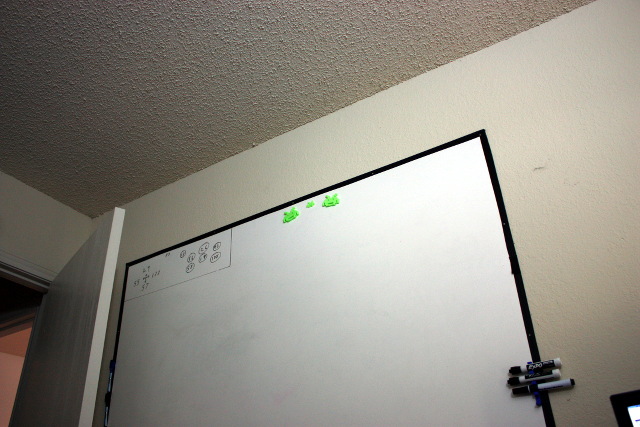
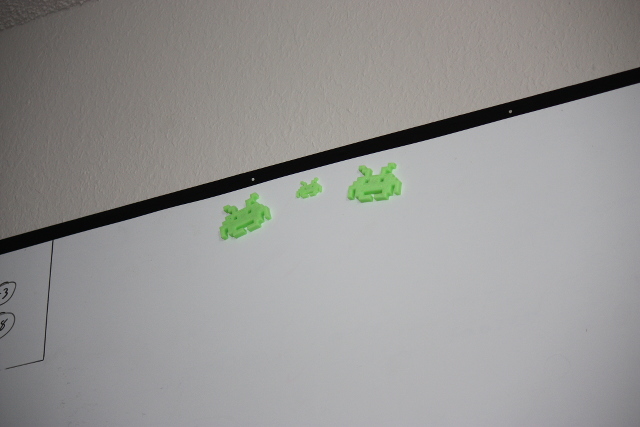
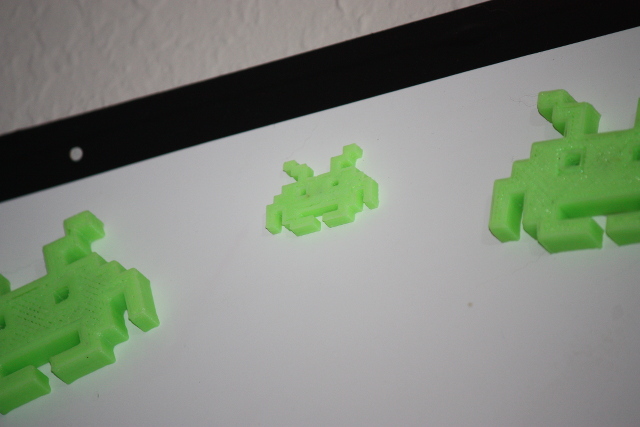
These pictures of my Space Invaders are pretty boring. I’m going to attempt to plan an outing to put my telephoto lens to good use. That way I can report back here with some better photos!
- Canon EF 50mm STM Lens at Amazon
- Canon EF-S 55-250mm Telephoto Lens at Amazon
The external remote flash is handy
If you follow me on Twitter, you already know I can be quite boring. There’s a very high probability I will snap a few photos of my morning latte and tweet one of the better shots. These photos may be boring and repetitive, but I’ve been learning a lot in my attemps to improve them.
One of my biggest problems has always been lighting. No matter what I do to my office lighting, I have a very hard time composing a photo where the brown-and-white foam of the latte isn’t washed out or over-exposed.
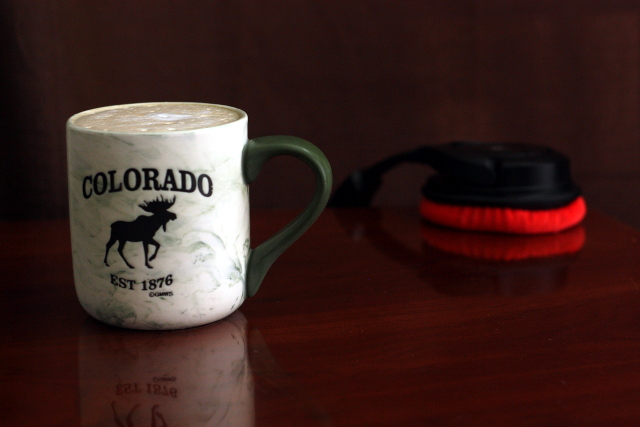
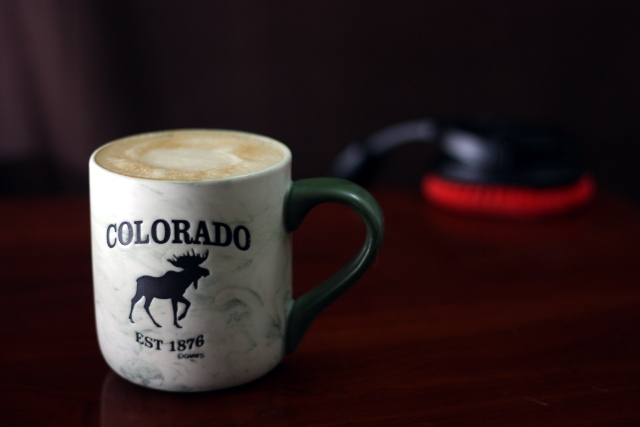
The remotely controlled flash from Altura was an easy fix for this problem. I plugged the flash-control unit into the hotshoe of my Rebel XSi, and I set the flash down on my desk and pointed it directly away from the delicious coffee. This lit up the mug without casting too much light on top.
I couldn’t do anything like this with the built-in flash, and I’m absolutely certain I’ll find more cool uses for the remote controlled flash as time goes on.
- Altura Flash and Remote set at Amazon
Tripods are awesome
We’ve been working on a mirrored infinity cube over at TheLab.ms makerspace in Plano. It is a large acrylic cube with lights inside. Each side of the cube is a one-way mirror.
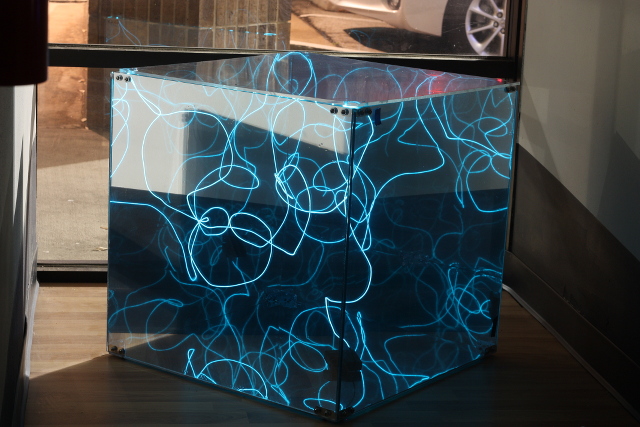
The cube is a difficult subject for my limited photography skills. With a wide open aperture, the various internal reflections are completely out of focus. I knew setting the camera to a high f/stop could bring everything into focus, but there was no way I could hold the camera steady enough.
I happened to be carrying my tripod that night, so I decided to try putting it to good use. I took quite a few pictures with higher f/stop settings and longer exposures. The final shot was taken at f/8.0 with a 15-second exposure. I can’t wait to take some similar shots of the completed project!
- AmazonBasics 60” Tripod at Amazon
Used vs. New
I’m pleased with my decision to purchase a used Canon DSLR. It was a no-brainer when my plans only involved buying the camera—the Canon t5i would have cost me three times as much. After buying a camera bag and filling it with lenses, though, that gap narrows quite a bit. Even so, I’d still prefer to save that money and buy even more lenses!
If I decide to upgrade in a few years, every single item in my camera bag will work with my new camera—as long as it is another Canon with an APS-C sensor, of course. Who knows, maybe I’ll end up with a used Canon t6i in a few years!